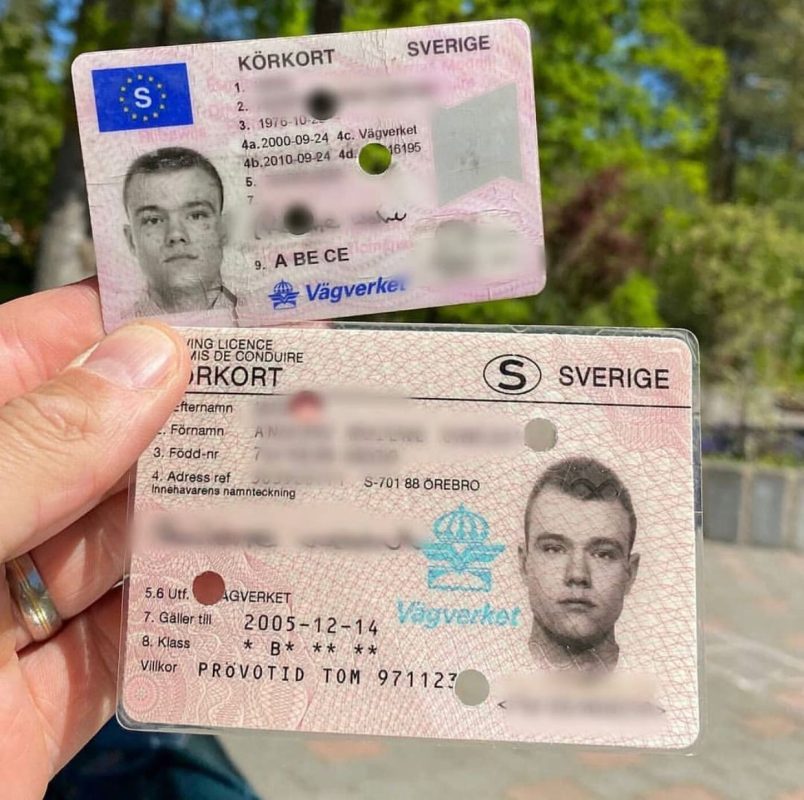Understanding Transportstyrelsen: Sweden's Transport Agency
Transportstyrelsen, or the Swedish Transport Agency, plays an important role in the management and guideline of various transport sectors within Sweden. Responsible for guaranteeing safe, effective, and sustainable transport systems, this agency supervises a wide range of transportation modes, consisting of road, rail, aviation, and maritime. This article explores the agency's structure, functions, policies, and impact on the Swedish transportation landscape.
Overview of Transportstyrelsen
Developed mainly to enhance the management of the transport sector, Transportstyrelsen consolidates numerous roles associated with traffic safety, infrastructure, and environmental impact. The firm runs under the Ministry of Infrastructure and works in collaboration with city governments, economic sector stakeholders, and international organizations.
Key Functions of Transportstyrelsen
Transportstyrelsen's duties include a broad scope, which can be summarized as follows:
Regulatory Framework Development
- Develop guidelines and standards for all transport modes.
- Monitor compliance and implement applicable laws and instructions.
Licensing and Registration
- Handle the licensing procedure for motorists and transportation organizations.
- Keep an extensive database of registered automobiles and aircraft.
Traffic Safety Promotion
- Conduct research study and gather information on transportation safety.
- Carry out campaigns targeted at increasing public awareness about traffic safety.
Sustainability Initiatives
- Promote eco-friendly transport options.
- Encourage the adoption of electric and alternative fuel lorries.
International Collaboration
- Engage with other European and international transportation authorities.
- Take part in initiatives focused on harmonizing transportation policies throughout borders.
Organizational Structure
Transportstyrelsen is arranged into a number of departments, each focusing on specific transport techniques:
- Road Traffic Department
- Train Department
- Maritime and Air Traffic Department
- Environment and Sustainability Department
- Economic Analysis and Strategy Department
This structure enables for expertise and focused efforts in handling the diverse elements of transport within Sweden while guaranteeing that all departments work collaboratively towards typical goals.
| Department | Key Responsibilities |
|---|---|
| Road Traffic Department | Handles chauffeur licensing, lorry registration, and road safety regulations. |
| Railway Department | Oversees railway safety, infrastructure development, and service quality. |
| Maritime and Air Traffic Department | Regulates shipping and aviation, ensuring compliance with security standards. |
| Environment and Sustainability Department | Addresses transport-related environmental concerns and promotes sustainability practices. |
| Financial Analysis and Strategy Department | Performs financial analyses to inform policy and technique on transportation initiatives. |
Impact on the Swedish Transport System
Transportstyrelsen's influence on the Swedish transportation system is extensive. The company's regulations and policies shape the security, performance, and environmental impact of transportation in Sweden. Secret contributions include:
- Enhanced Safety Standards: By setting strict safety regulations and continually keeping an eye on compliance, the company helps lower mishap rates and improve overall road, rail, and air safety.
- Promotion of Public Transport: Through investments and support for public transport systems, the company motivates a shift from private car dependence to more sustainable and ecologically friendly transportation modes.
- Support for Innovations: The company cultivates development in the transportation sector by supporting new innovations such as electrical vehicles and clever traffic systems, aiming to meet both present and future difficulties in transportation logistics and ecological security.
Guideline Compliance
To ensure compliance with Transportstyrelsen's policies, stakeholders in the transport sector need to stick to numerous guidelines and requirements. This includes obtaining essential licenses, going through examinations, and sending reports on security efficiency.
Necessary Compliance Areas
- Driver Licensing Requirements
- Automobile Inspection Standards
- Security Protocols for Transport Operations
- Ecological Regulations for Vehicle Emissions
- Functional Standards for Public Transport Services
Infractions of these policies can lead to considerable penalties, including fines and the revocation of permits or licenses.
Often Asked Questions (FAQs)
What is Transportstyrelsen?Transportstyrelsen, or the Swedish Transport Agency, is the government authority responsible for managing all aspects of transportation in Sweden, consisting of roadway, rail, maritime, and aviation sectors. How does Transportstyrelsenguarantee security in transportation?The agency establishes and enforces policies, conducts research study, and carries out safety campaigns to promote safe transportation practices amongst all roadway users. What types of vehicles does Transportstyrelsen regulate?Transportstyrelsen regulates a vast array of vehicles, including automobile, industrial automobiles, bikes, airplane, and maritime
vessels. How can I get in touch with Transportstyrelsen?Transportstyrelsen can be called by means of their main website where various resources, contact information, and types for queries are offered.
Exists an appeal process for licensing decisions made by Transportstyrelsen?Yes, individuals and business can appeal choices made by Transportstyrelsen relating to licenses and policies as laid out in their official
standards. Körkort Online is an important part of Sweden's transportation landscape, guaranteeing that the systems in location are not only effective and effective but also safe and ecologically conscious. Its multifaceted obligations,
from policy to public security, establish a structure that benefits both the Swedish population and the broader transportation network. Comprehending Transportstyrelsen's roles and functions assists stakeholders navigate the complexities of the transport sector, fostering compliance and promoting advancements essential for future sustainability.

